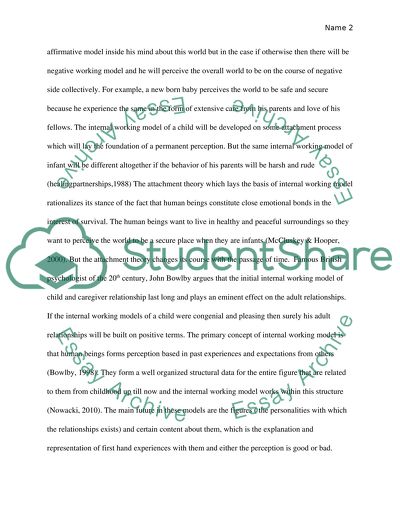Cite this document
(“Provide a critical analysis of theory in relation to ONE of the topics Essay”, n.d.)
Provide a critical analysis of theory in relation to ONE of the topics Essay. Retrieved from https://studentshare.org/miscellaneous/1612709-provide-a-critical-analysis-of-theory-in-relation-to-one-of-the-topics-below-and-discuss-how-this-could-be-relevant-to-social-work-internal-working-model-internal-conflict-trauma-loss-and-transition
Provide a critical analysis of theory in relation to ONE of the topics Essay. Retrieved from https://studentshare.org/miscellaneous/1612709-provide-a-critical-analysis-of-theory-in-relation-to-one-of-the-topics-below-and-discuss-how-this-could-be-relevant-to-social-work-internal-working-model-internal-conflict-trauma-loss-and-transition
(Provide a Critical Analysis of Theory in Relation to ONE of the Topics Essay)
Provide a Critical Analysis of Theory in Relation to ONE of the Topics Essay. https://studentshare.org/miscellaneous/1612709-provide-a-critical-analysis-of-theory-in-relation-to-one-of-the-topics-below-and-discuss-how-this-could-be-relevant-to-social-work-internal-working-model-internal-conflict-trauma-loss-and-transition.
Provide a Critical Analysis of Theory in Relation to ONE of the Topics Essay. https://studentshare.org/miscellaneous/1612709-provide-a-critical-analysis-of-theory-in-relation-to-one-of-the-topics-below-and-discuss-how-this-could-be-relevant-to-social-work-internal-working-model-internal-conflict-trauma-loss-and-transition.
“Provide a Critical Analysis of Theory in Relation to ONE of the Topics Essay”, n.d. https://studentshare.org/miscellaneous/1612709-provide-a-critical-analysis-of-theory-in-relation-to-one-of-the-topics-below-and-discuss-how-this-could-be-relevant-to-social-work-internal-working-model-internal-conflict-trauma-loss-and-transition.


